Setting your music up for success on streaming platforms or any type of media (CDs, LPs, etc.) can be overwhelming, but here are some things I’ve learned, and maybe they can help you, too.
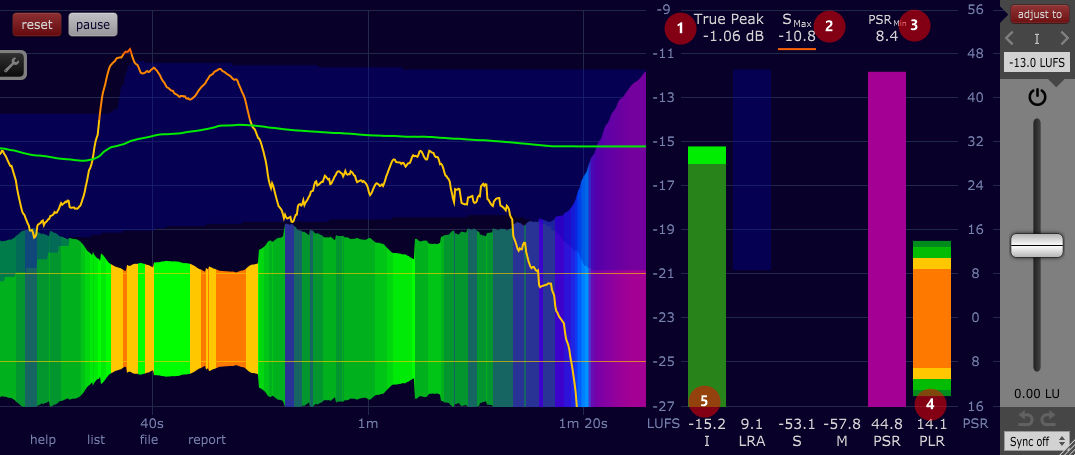
Updated: 20-March-2024
Continue readingSetting your music up for success on streaming platforms or any type of media (CDs, LPs, etc.) can be overwhelming, but here are some things I’ve learned, and maybe they can help you, too.

Updated: 20-March-2024
Continue readingUsing TAL Vocoder (free), you can make some interesting “percussive-toned beats” that sound similar to the band Plaid. But you have to use the vocoder in an unusual way. The idea came to me as I read an interview with the members of Plaid, a band I like.
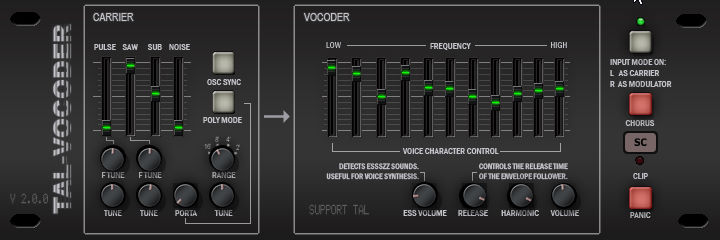
Updated: 3/8/24
Continue readingI like recording ambient sounds of nature, locations, equipment, and other assorted noises. When I play my recordings back, I want them to sound exactly like when I was there. Here is the technique, equipment, and settings I use.
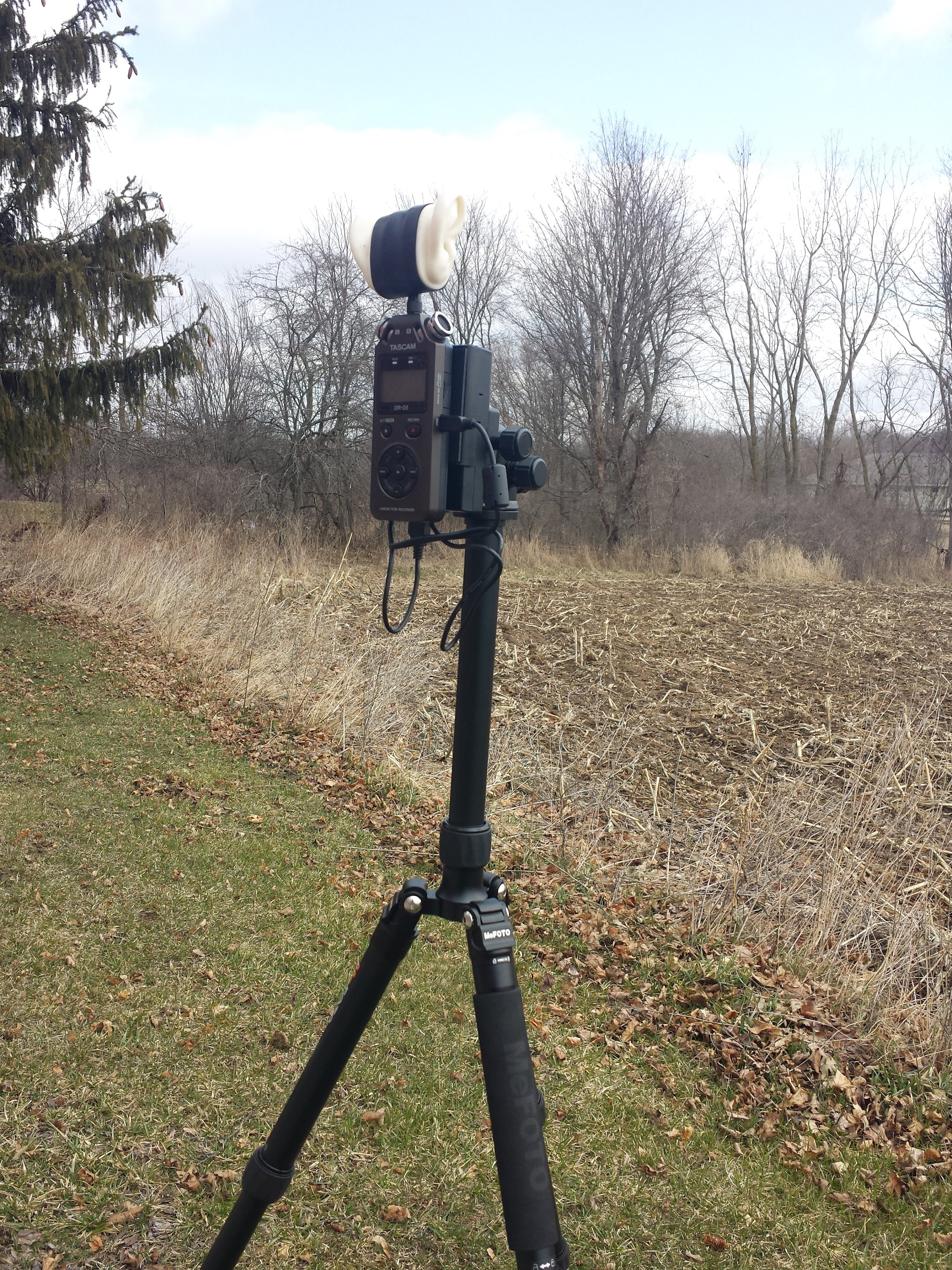
Last updated: 19-February-2024
Continue reading
I like ambient music and would like to expand my expertise in making such music, so I’ve begun a study of some of what I consider the best ambient drone-type of music. This will be an ongoing collection of information, and you are welcome to check back when it has been updated.
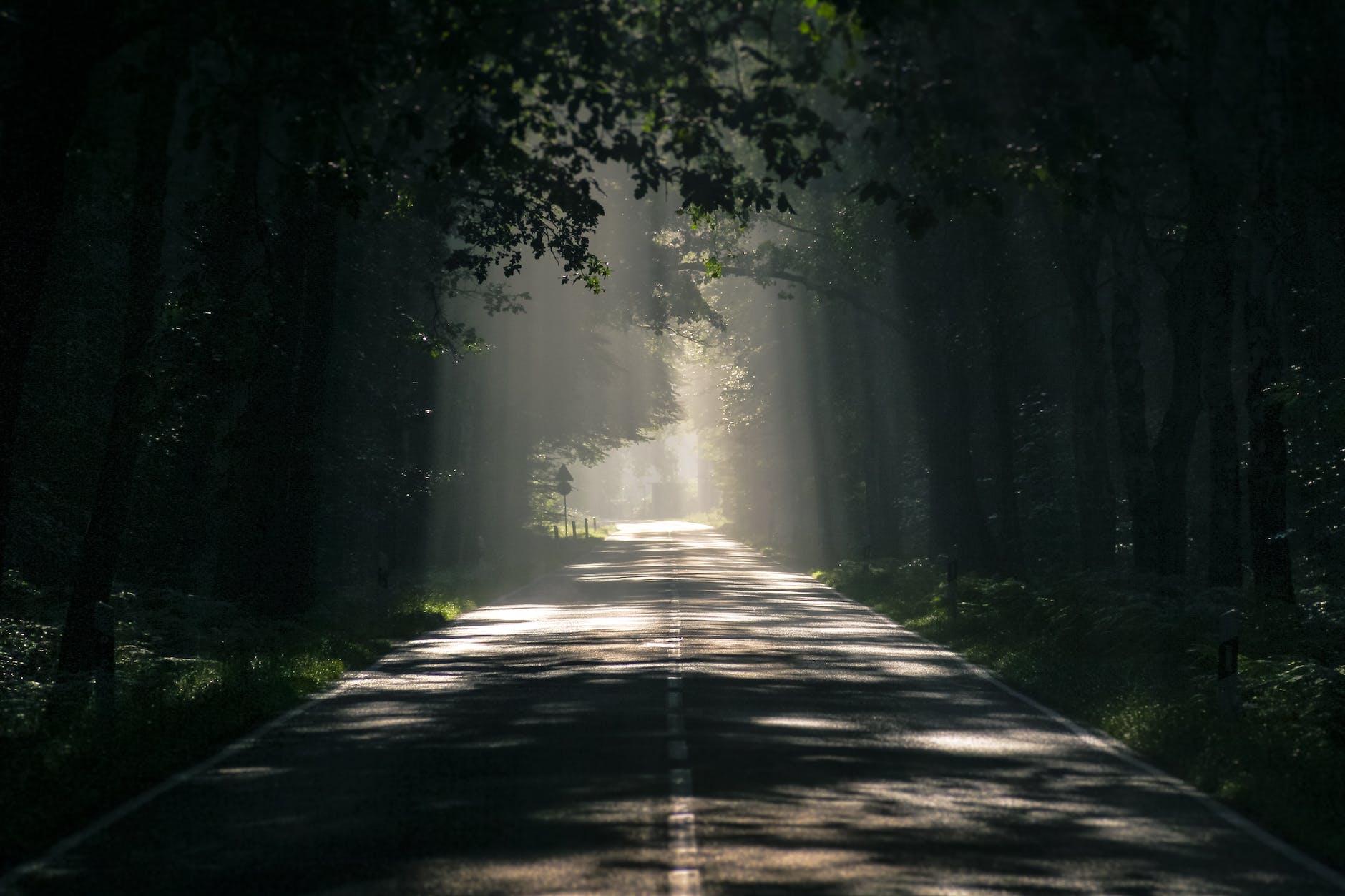
Last updated: 02-March-2024
Continue readingWhy do you often hear Rush’s “Tom Sawyer” played before rock concerts while you’re walking into the venue and they’re testing the sound system?
Continue readingI have made some presets for the U-he Satin tape machine plugin and put them in my Dropbox, where you can get them.
Continue reading
Here below is a selection of synth plugins that I have found have that nostalgic, lo-fi, vintage sound epitomized by Boards of Canada and others.
Last updated: 23-December-2023.
Continue readingBoards of Canada is a personal favorite band of mine, and I have studied their music, intending to learn how they achieved their distinctive sound.

Here is what I think I have learned so far (I will continue to add to this page as I learn more).
Last updated: 12-November-2023.
Continue readingI think the Sonnox products are top-notch, and I wanted to know exactly what the Limiter and Inflator are doing, so I checked them out with some tools.
Updated 12/4/23
Continue reading
I like Biosphere’s (Geir Jenssen’s) music very much and one of my favorite albums is Shenzhou. The album is made up of repeated looping of Debussy orchestral track samples. The title song is particularly interesting to me as I like the depth and width of the sound. I was able to figure out how to remake it and I’d like to show you how I did that.
Updated 11-July-2023
Continue reading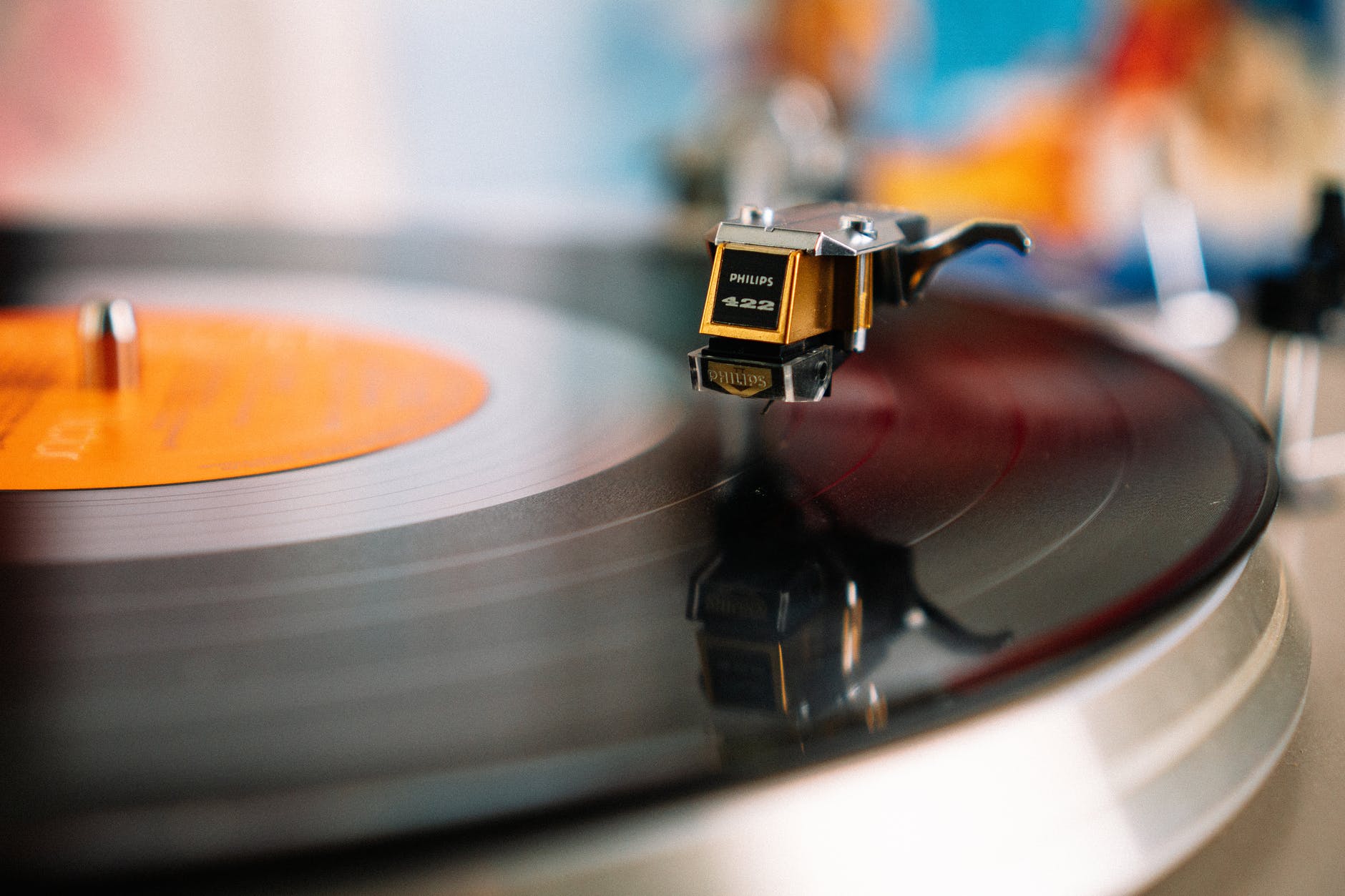
Microtonal music is not for everyone. A lot of it sounds awful to me. But I found that you can use microtuning to your advantage and come up with some rather unique compositions and musically-pleasing recordings if you do it right. I have Aphex Twin to thank for it. Here’s why.
Continue readingI like the low bass end of most tracks, so when I’m producing music, should I just keep all of the low end? No. That would be completely wrong. Here’s why…
Continue reading
Sometimes two things just go together like ham and cheese. Here are two of those things. This one-two punch will kickstart your creative process. It does mine.
Do you think Artificial Intelligence (AI) will make musicians and music producers obsolete? I say, “think again.”
Continue reading“Better” is subjective but here are my preferences when it comes to listening to Spotify.
Continue readingI have found that I like a certain kind of music from a mastering and quality point of view, and I set out to determine why I like it based on several factors that I think could be relevant.
I used the Youlean Loudness Meter to make the measurements. I took downloaded song files from Bandcamp or ripped from CDs of the music I found best-mastered or best-sounding and measured each.
Here are the factors that I measured:
What I found was a bit astounding to me:
Continue readingThere’s a lot of stuff I l read and listen to, that maybe could be helpful or interesting for you as well so I thought I would share.

Last updated 28-July-2023
Continue readingAfter having made ambient music and professed to be an ambient musician, I thought I would take a step back and find out exactly what it is. It turns out that it can be surprisingly complex to define.

Updated: 15-February-2023
Continue readingIntervals in music are important for understanding the sounds of chords and dyads. Even melodies can benefit from a clear understanding of intervals. Unfortunately, a lot of the information I have found out there is confusing. I’m trying to unravel it for myself and you may get something out of it as well.
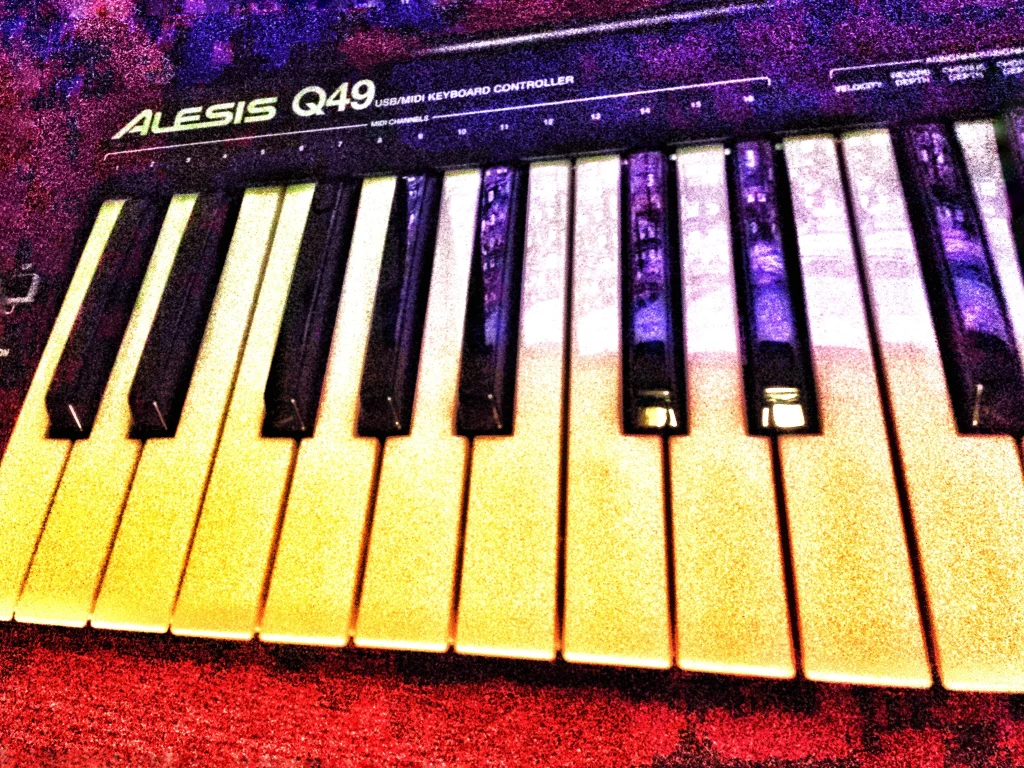
Last updated: August 23rd, 2022
Continue readingDefinitions of Single, EP (extended play), or Album (or LP, long play):
Also, before I forget, I should let you know that you can get my infrequently-published newsletter delivered to your inbox – just click here. (It’s not spam – just useful information, and you can quit any time.)
For a track that was only on the original vinyl release, this one is a beauty, and lots of people like it a lot. I’d like to know how it was made and I think I can come close to understanding it. Here’s what I have so far.
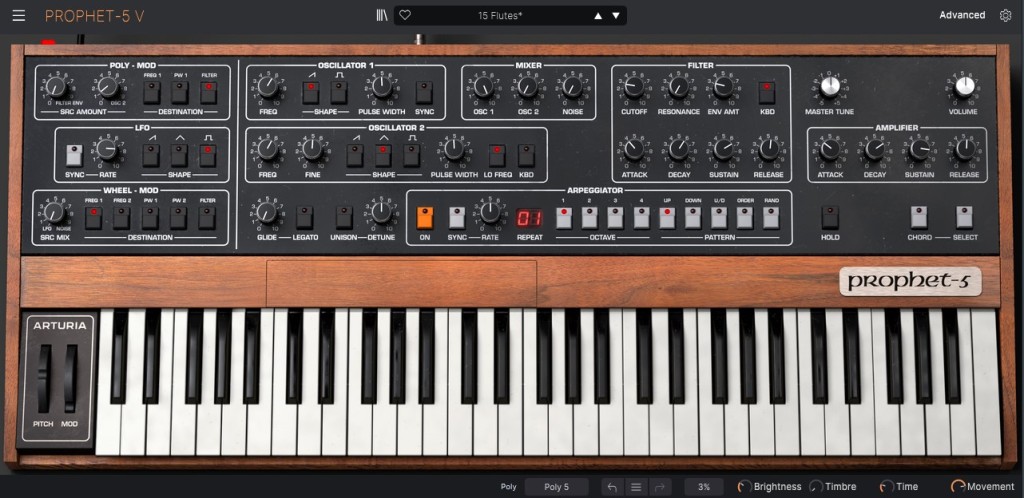
Last updated: 15-June-2022
Continue reading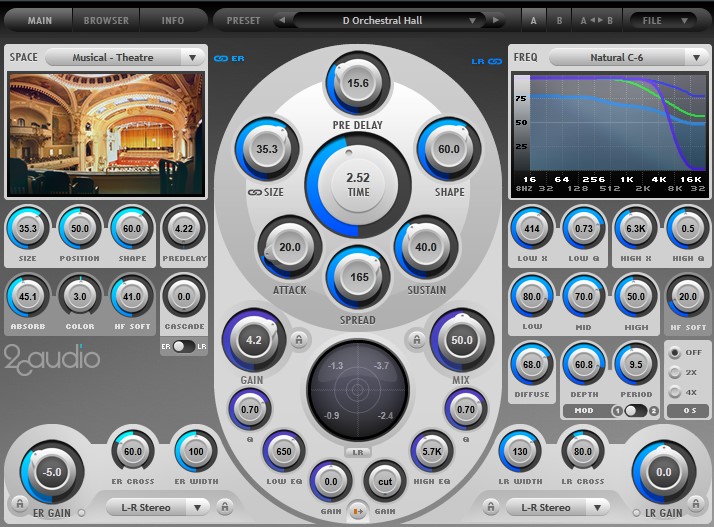
There are many reverb and delay plugins out there and I’ve tried quite a few of them. My goal, like everyone’s, has been to get a great-sounding one.
Here are what I’ve tried and what I’ve found to be the best.
Last updated: 15-Jun-2022
Continue readingXfer Records Cthulhu program creates arpeggios and chords like none other. Lots of patterns when used with the correct synths, can sound a lot like deadmou5 and this makes sense as Joel Zimmerman has been known to use Cthulhu made by his associate, Steve Duda.
I find that often it is desirable for me to get the actual notes Cthulhu creates out to the piano roll in FL Studio so they can be edited individually and outside of Cthulhu.
I’ll start by showing you the basic set-up and then the one where you can get at those individual notes.
This also works for applications other than Cthulhu, such as HY Plugins.
Continue reading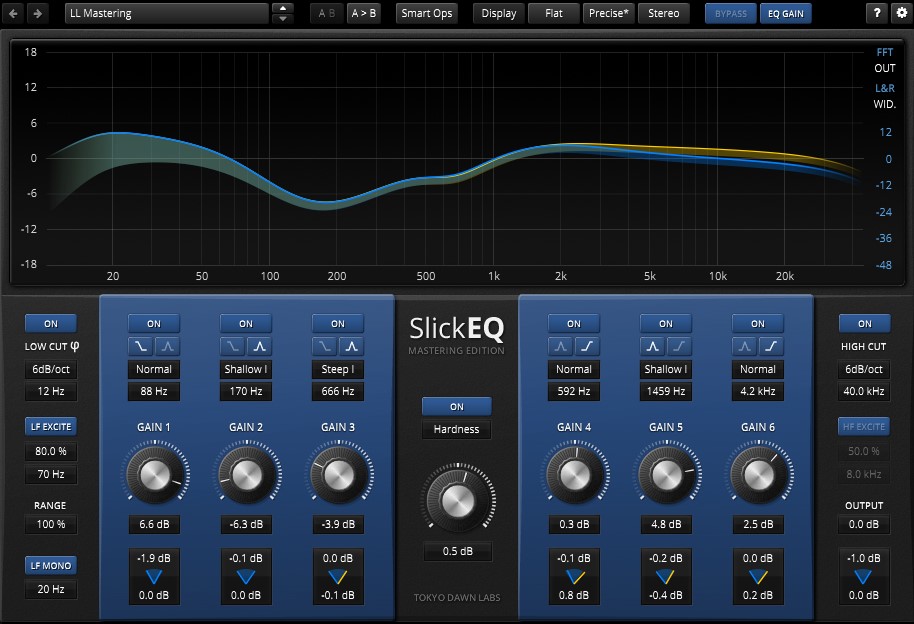
Using a reference track when mastering is a kind of standard practice, but it can be done much better with the wonderful EQ matching functions found on so many equalizer plugins. Here’s what I’ve tried and how it’s worked out for me.
Last updated: 10-July-2023
Continue reading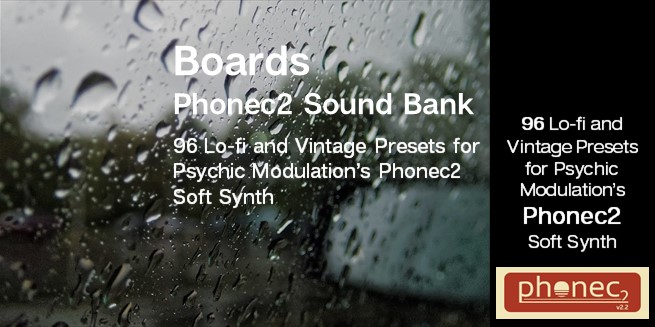
Psychic Modulation has made a synthesizer that combines that “lo-fi” sound with vintage tape and synth type of processing, for a synth that sounds remarkably similar to artists such as Boards of Canada and others of that type.
It comes as a low-cost vst file type of plugin that works in your DAW (digital audio workstation). I use it in FL Studio.
Simple to use and fun to adjust, Phonec2 shatters the learning curve usually associated with many soft synths out there today. I like it in my music because it gives me the sounds I need that fit my genre.
I have made my sound bank of presets for Phonec version 2 available to everyone that owns Phonec2.
Continue reading
In general, you should not expect to make much, if any, money from music. Do the music for you and not for anyone else. Don’t do it for the money because that is a really rough road to travel – and it leads to poverty (in my opinion).
Continue readingSome of what makes Boards of Canada’s songs (or for that matter, any artist’s songs) interesting for me are the chords. If you know the chords, you can get a feel for how to make your own song sound similar or “in the flavor of” so to speak. From the chords, you can often get a melody you like by building off of them or playing along with them. You can even arpeggiate them.
I took the chords from Boards of Canada songs and put them into Xfer Records Cthulhu. From Cthulhu, you can make variations, add low notes, and change to major/minor/suspended. This gives a lot of inspiring chord progressions from some of my favorite Boards of Canada songs. I put them into a zip file of chord presets that you can use in Cthulhu for yourself (see below).
This may not pertain to you:
The download is free. The number of complaints I get about it is almost enough to take it down. And the complaints are extremely stupid from ignorant people that don’t understand music or music production. Again, it is a free download. Take it or leave it. Download or not. Stop whining, please.
Updated: 4/14/24
Continue readingHere are some things to try if you are experiencing jerky video renders from ZGameeditor in FL Studio.
Last updated: 31-December-2021
Continue reading
It may seem strange to want background noise in a recording, but it gives it a certain realism as opposed to the cleanliness of a digitally-mastered DAW creation. I like the sound I hear in the background of Susumu Yokota’s Saku from his Sakura album, so I was able to replicate it using common pink noise and equalization. Here’s how:
Continue reading
Using the synth “Fundamental” from SonicLab, I made several interesting sounds that producers of music might find interesting to use in their own compositions.
Continue reading
Equalization can be of benefit in the post-processing of most field recordings. Here are some of my commonly-used equalization schemes and reasoning. I will update this periodically as I make changes to my workflow or learn new methods.
Last updated: 19-August-2021
Continue reading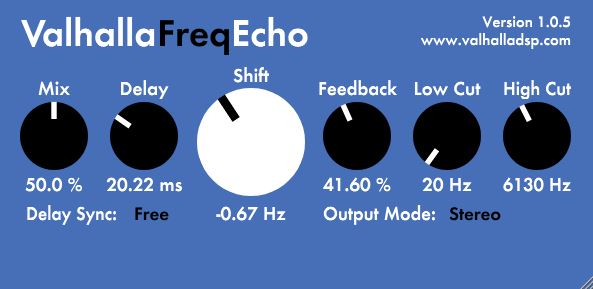
I looked for a way to add binaural beats to my music, and I found it in the most unusual place – Valhalla’s FreqEcho. It is so easy; it is unreal. Oh, and it’s free.
Continue reading
A lot of people ask what kind of chords work well for Ambient music. That varies a lot.
As I research it further, I will post more, but for now here is what I have.
Last updated: 2/26/21
Continue readingSong structure consists of repeated sections of verse (melody) and chorus (different melody) interwoven, but what exactly is it?

Last updated: 28-November-2020
Continue readingYou can easily recreate the sound of the bass and lead in Boards of Canada’s song “Roygbiv” by using the TAL Bassline 101 synthesizer vst plugin. Here’s how…
Continue readingMaking music with loops is not a new process. However, after thinking about it, I was surprised at how many different ways there are to loop samples to make music. I’ll add to this as I discover more, but the list is long right now.
Last updated: 26-December-2020
Continue readingI have been building presets for TAL Sampler for awhile and thought I would share some of them that I particularly like. These have a sound that reminds me of Boards of Canada. I even named a few with telling names based on Boards of Canada tracks and titles.
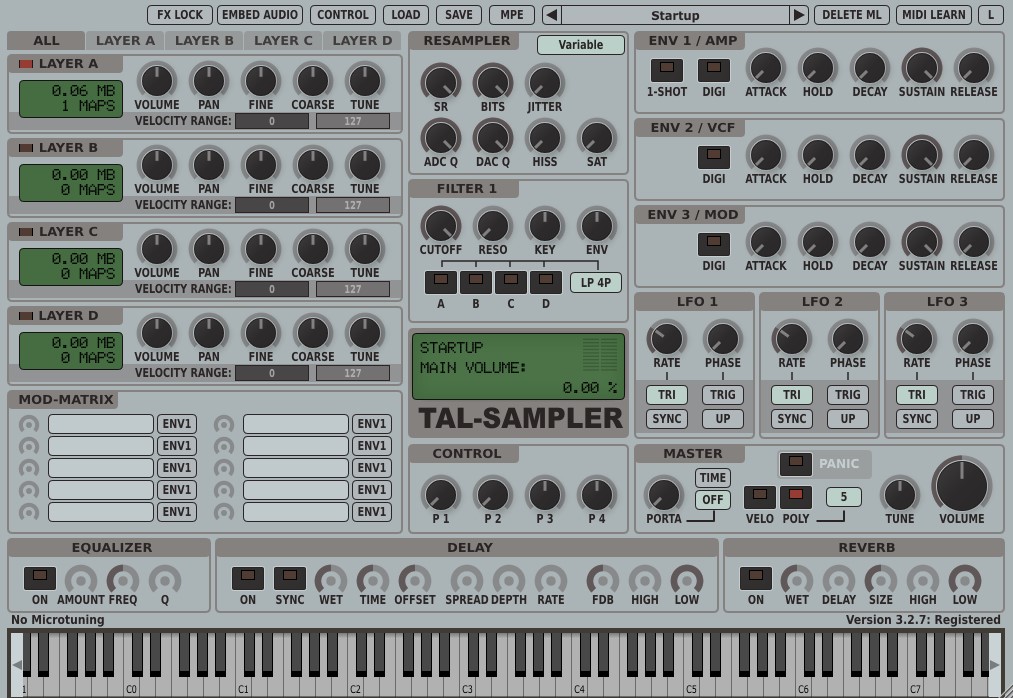
They are free for you to use in your commercial works. Yes. Free. (Not that you would, but please don’t resell them or anything crazy like that.) You can download them in one Zip file (see below).
Continue reading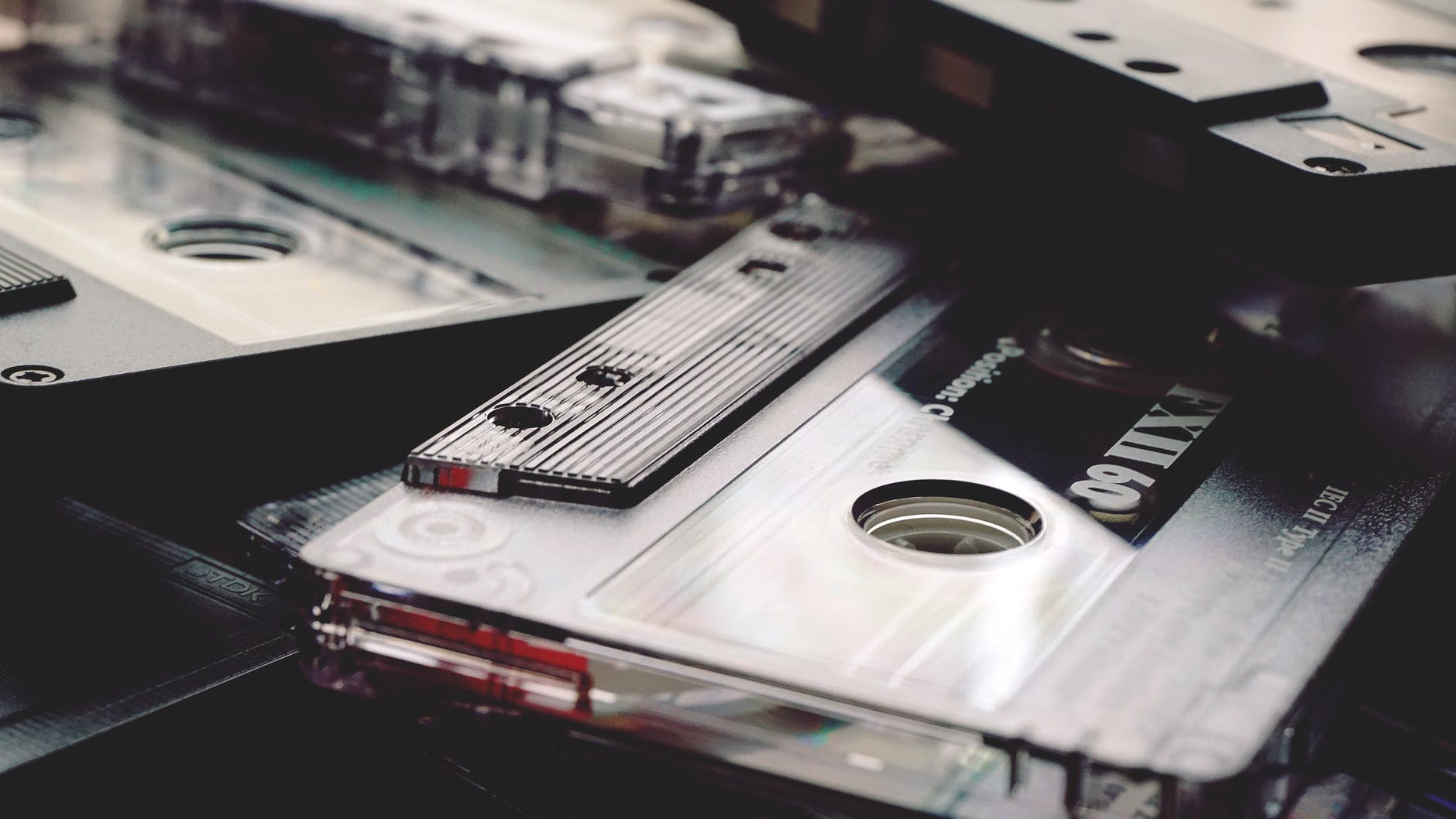
For the aspiring tape loopers out there, I’m sure I speak for us all when I say that we’d all like to have the time to play around with splicing tape into loops and recording through a four-track. But when this is not possible, here’s an easy alternative right in your DAW.
Continue reading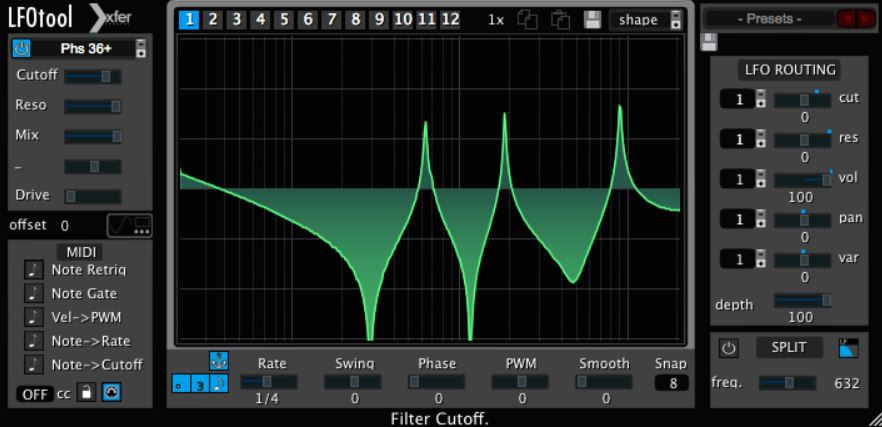
To make my synths and drums more interesting, I sometimes use a simple trick – adding a LFO.
I learned this whilst studying Boards of Canada’s music. It often has a wobbly frequency or envelope to it, and I can often replicate this without hardware, but within a DAW using LFOs.
Here’s a simple method that takes less than a minute to apply and gets great results.
Continue reading
Loop recording in FL Studio is one thing I would like to master because it means I can potentially create Eno-style tape loops. In the following months, I will be adding to this post with whatever I can find that can enable me to get some good loops going.
I have put my method for getting perfectly seamless loops from Edison and FL Studio in here also. I divide this post into my research first and then my practice section after where I have tried various things.
Updated: 21-September-2020
Continue reading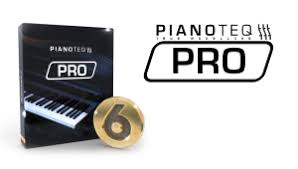
I use the Modartt Pianoteq vst plugin as one of my main piano instruments and frequently modify or create new presets. This is my page for sharing those presets in the form of FXP files (.fxp).
Updated: 1-June-2021
I have used many piano vst plugin instruments and have a page dedicated to that: Getting Authentic Piano Sound in a VST Plugin and DAW
In the post below, I have provided all of the presets that I am using and what each sounds like. Feel free to download and use these as you like.
Continue reading
Programming can be difficult – no doubt about that. It is a whole new language to learn and I am just starting. But where to start?
First, I think you need to know where you are going. I am considering programming audio plugins and here are some things I’ve found.
Continue reading
Diva by U-he is a fantastic analog-emulating synthesizer. It is a vst or soft-synth plugin for DAWs. While incredibly versatile, it is also intimidatingly complex.
Here are what I have learned about this synthesizer. I will be updating it as I learn more, so check back.
Last updated: 18-April-2020
Diva emulates several popular analog synthesizers. Here is a rough guide to the ones that Diva emulates:
Continue reading
I started out playing the piano, and I have come back to it often. I like the actual sound of a piano as the hammers hit the strings and it resonates through the wood and structure.
Here is my assessment of how to get a great piano sound in a vst or plugin instead of having the actual piano.
Last updated: 27-November-2020
Continue reading
It is easy to be a perfectionist, for me. I like things to be just right and as near perfect as I can get them. This extends well into music and my production of it (or lack thereof). But it doesn’t have to be this way.
Continue reading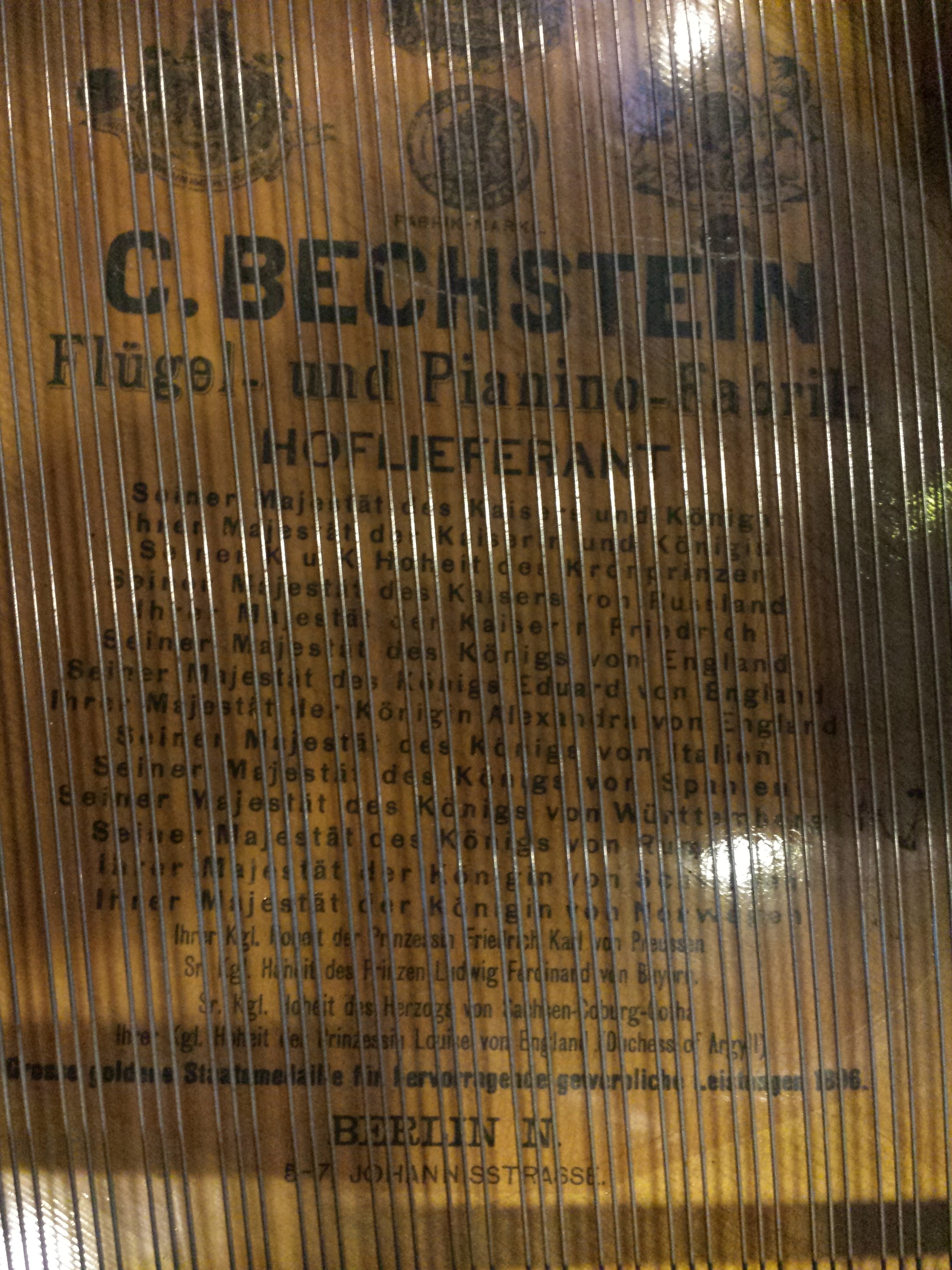
After having been to Budapest and found an 1896 C. Bechstein piano in the lobby of The Continental Hotel, I’ve learned much more about how I can make the same sound of it or any other piano within Pianoteq or via other vst instruments and effects. But, in fact, I aim to make it sound even better. Here’s what I have learned so far.
Last updated: 04-October-2019
Continue reading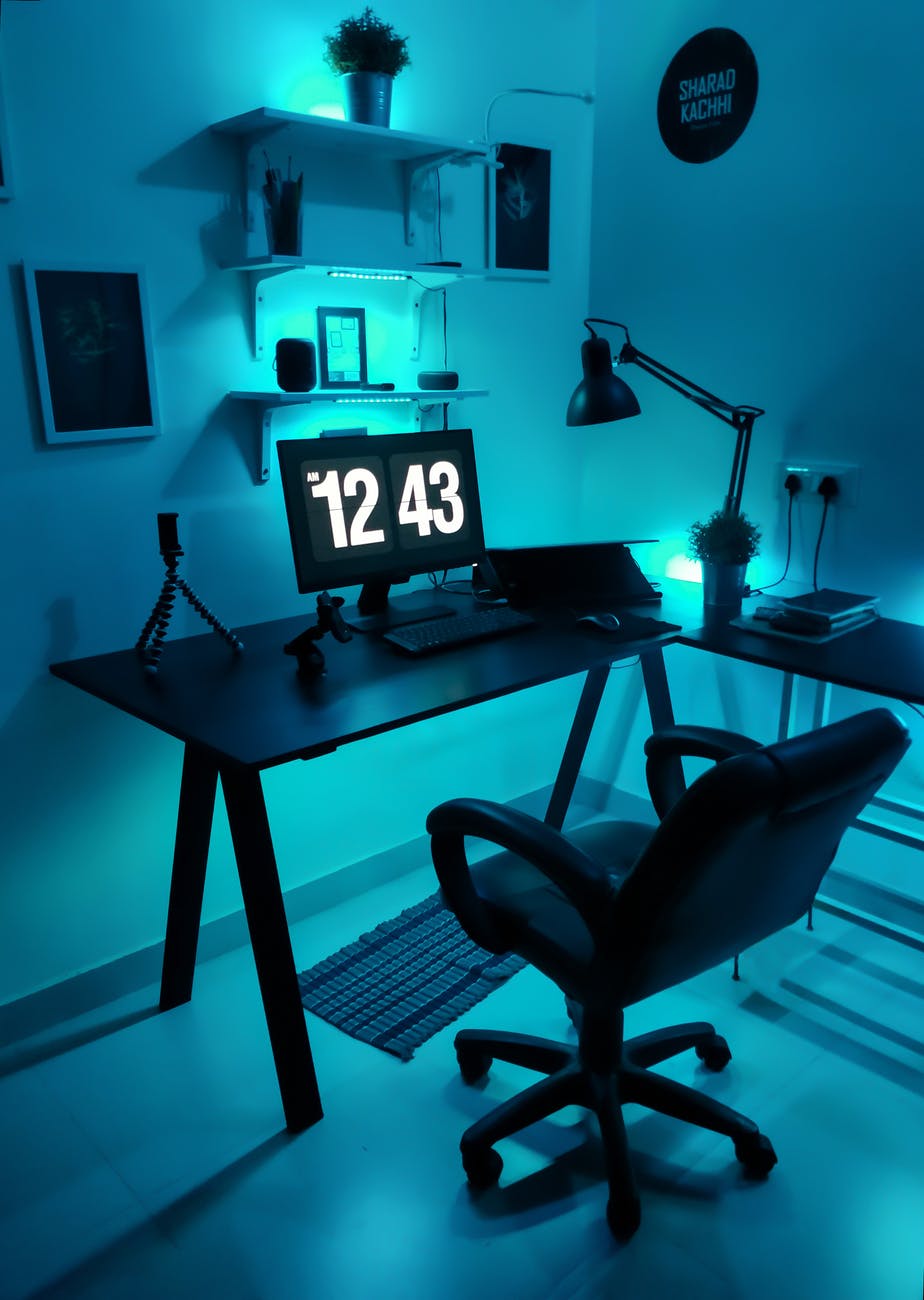
I am not a master at organization when it comes to my music, but I can tell you what works and what doesn’t work for me. Maybe it could help you.
Continue reading
You know how to make music, but maybe you’re a little frustrated by getting it actually done? Can’t seem to produce new works? This post is for you.
Continue reading
Where exactly do songs come from? Not an easy question. But, I believe there are two distinct ways that music arrives to the musician.
Continue reading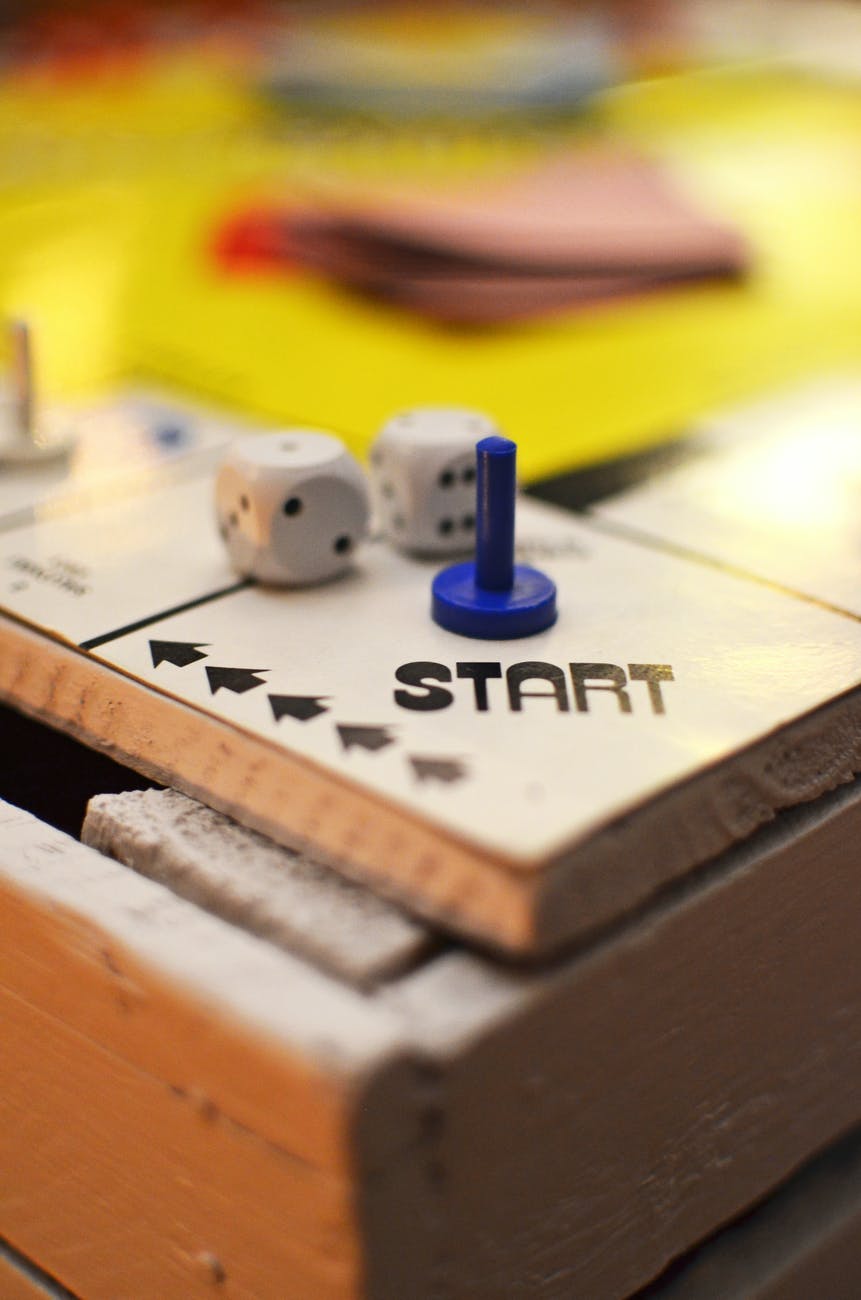
Wondering how to get started making music? It’s not hard and I can tell you what I did. Read on and you’ll be able to know my experiences and can adapt these ideas for your own.
My background is not music. For me, I had a little piano experience when I was a kid, but that was it (and not really very useful in itself.) I just, in the last few years, had this need to make music. A desire. I wanted to make music. Somehow.
So I did. Here’s how:
Continue reading
Last updated: 3-December-2021
I had the goal of creating a great multi-band compression/expansion scheme using Pro-MB. Fortunately for me, Xfer Records gives away a free plugin effect called OTT that is a three-band compressor. It performs upward and downward compression and is a recreation of the Ableton Live OTT setting (Over the Top) in their compressor.
I like it because it gives a bright and vibrant sound quality to any track it is applied. Also, it is free.
But, I wanted more control like I can get from Fabfilter’s Pro-MB multi-band compressor. So, I set out to replicate it (kind-of). While not the same as OTT, I found it quite easy to get the sound I was after once you know what the OTT is doing:
Continue reading
Brian Eno is, to me, the undisputed king of ambient music. He coined the term, “ambient music” in his groundbreaking album “Music for Airports.”
Here I will revel in his sound-creating process and offer some captured bits of what I know of it – not as an attempt to deconstruct, per se, but more as an aspiration to his greatness.
As I learn more, I will post more, and update this one.
Last updated: 1-March-2019
Read onward…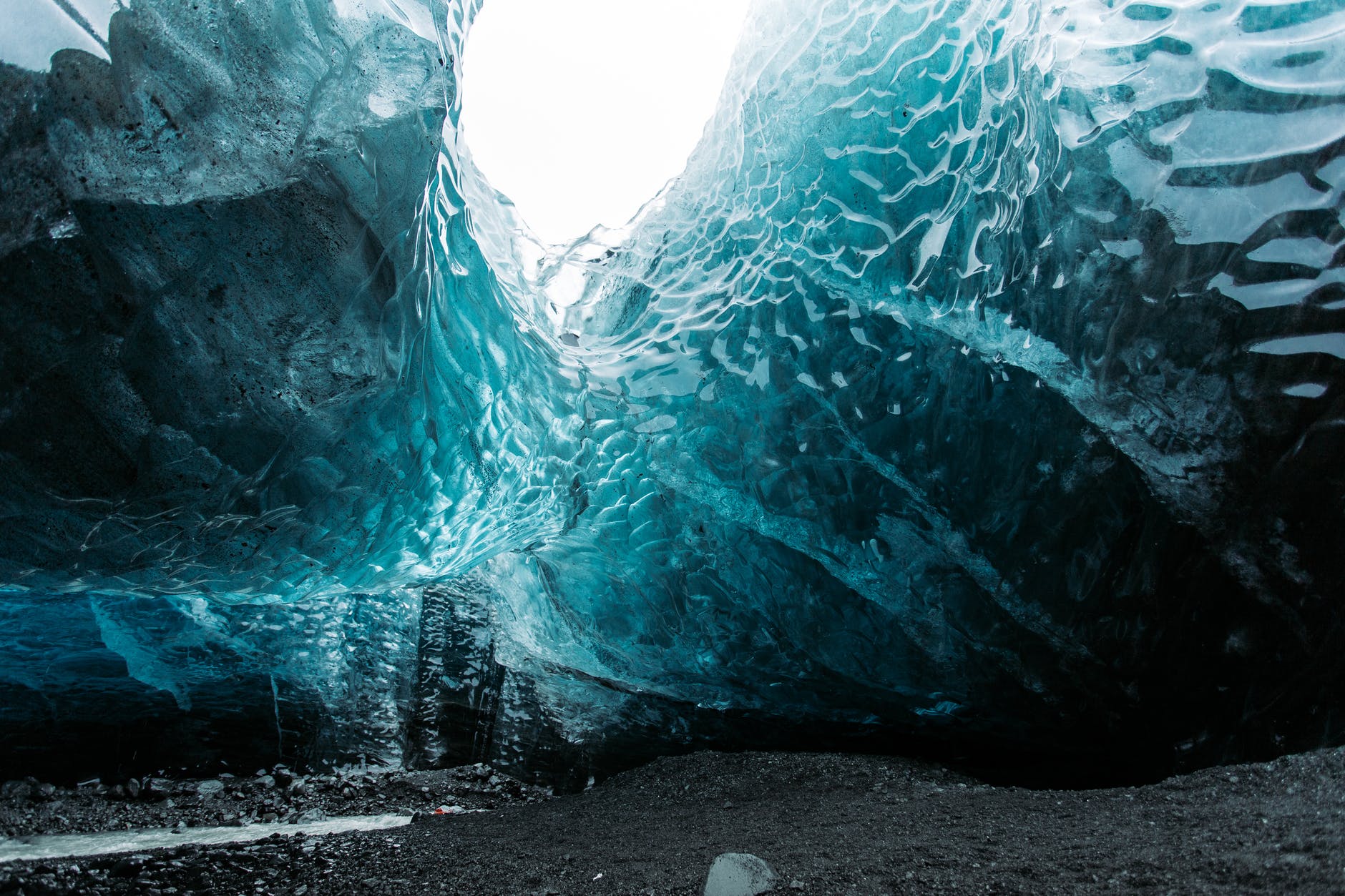
Cinematic music is fascinating to me. It moves the story of the movie along and the movie itself is nothing without it (at least it is a completely different movie).
I’m interested in deconstructing the sound of cinematic music and Hans Zimmer is one of the composers at the forefront.
Here I have assembled what little I have learned about Hans Zimmer and his music.
Last updated: 4-February-2019
Continue reading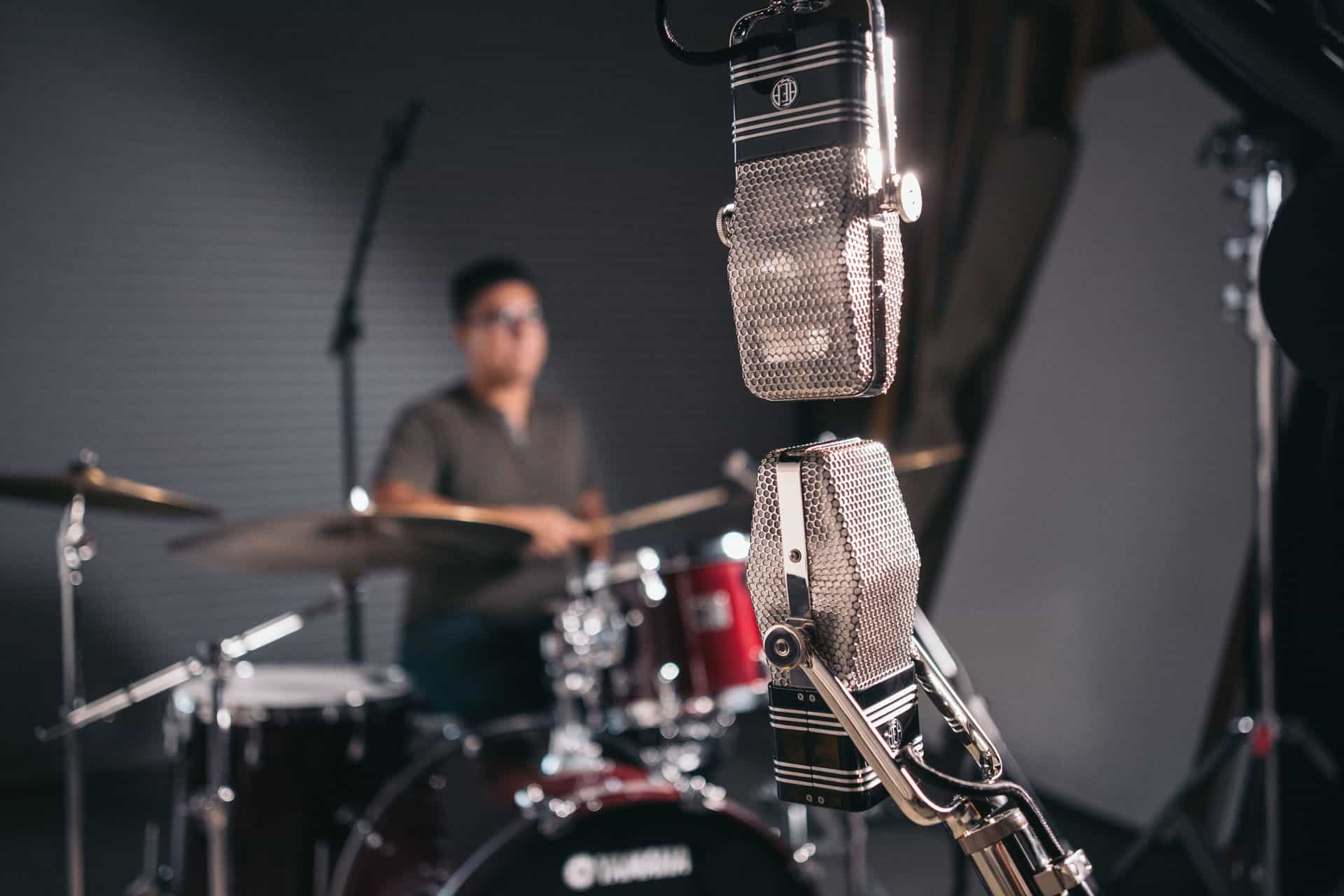
Here’s one of a number of brief guides and details about the microphones available in Pianoteq.
Last updated: 9-January-2019
Continue reading
Here’s one of a number of brief guides and details about the microphones available in Pianoteq.
Last updated: 09-January-2019
Continue readingThere’s not a manual with the Gwylim Simcock Felt Piano by Spitfire Audio, so here are my notes about the microphones used to record this wonderful piano. This piano is excellent and I highly recommend it.

Microphones recorded the sound with Neve pre-amps and Cranesong AD converters at 96k. In the interface, the microphones can be involved more or less by sliders with letters beneath them. Here are what those letters mean:
Continue reading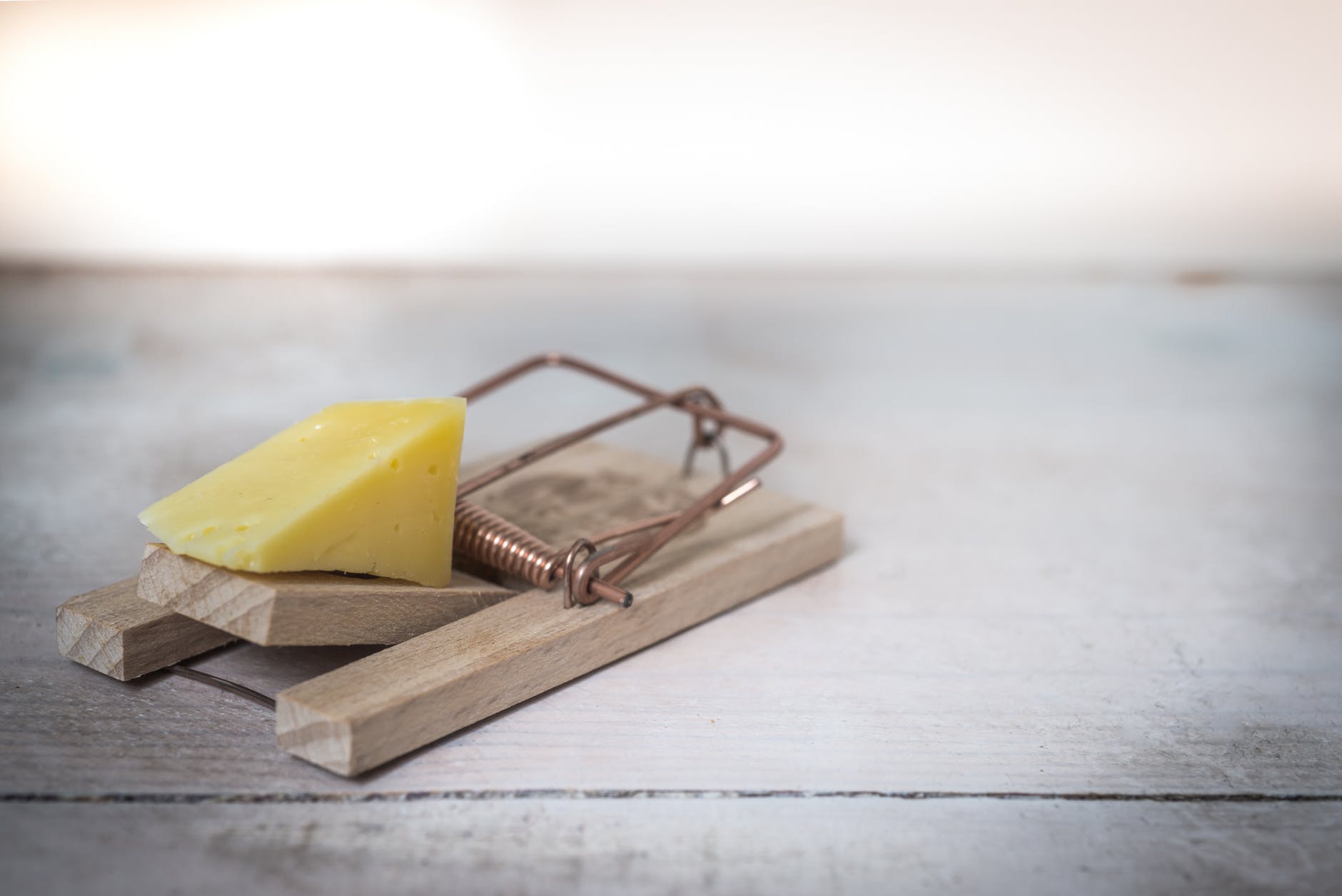
I really admire deadmau5 (Joel Zimmerman) and his excellent music, including his use of chords and arps. He has a knack for it. I’ve watched him create on Masterclass and he just absolutely knows what he is doing. Moreover, he seems to be a guy who is limitless in his thinking while still knowing what he likes and dislikes. He doesn’t put out a ton of crap that is not up to his standards. Admirable.
Well, I wanted to know more about his producing talents, so I deconstructed some of his music, his chord progressions, and arpeggios. I’ll be adding more as I learn more, so stop back and check the “last updated” text below.
Last updated: 1-February-2019
Continue reading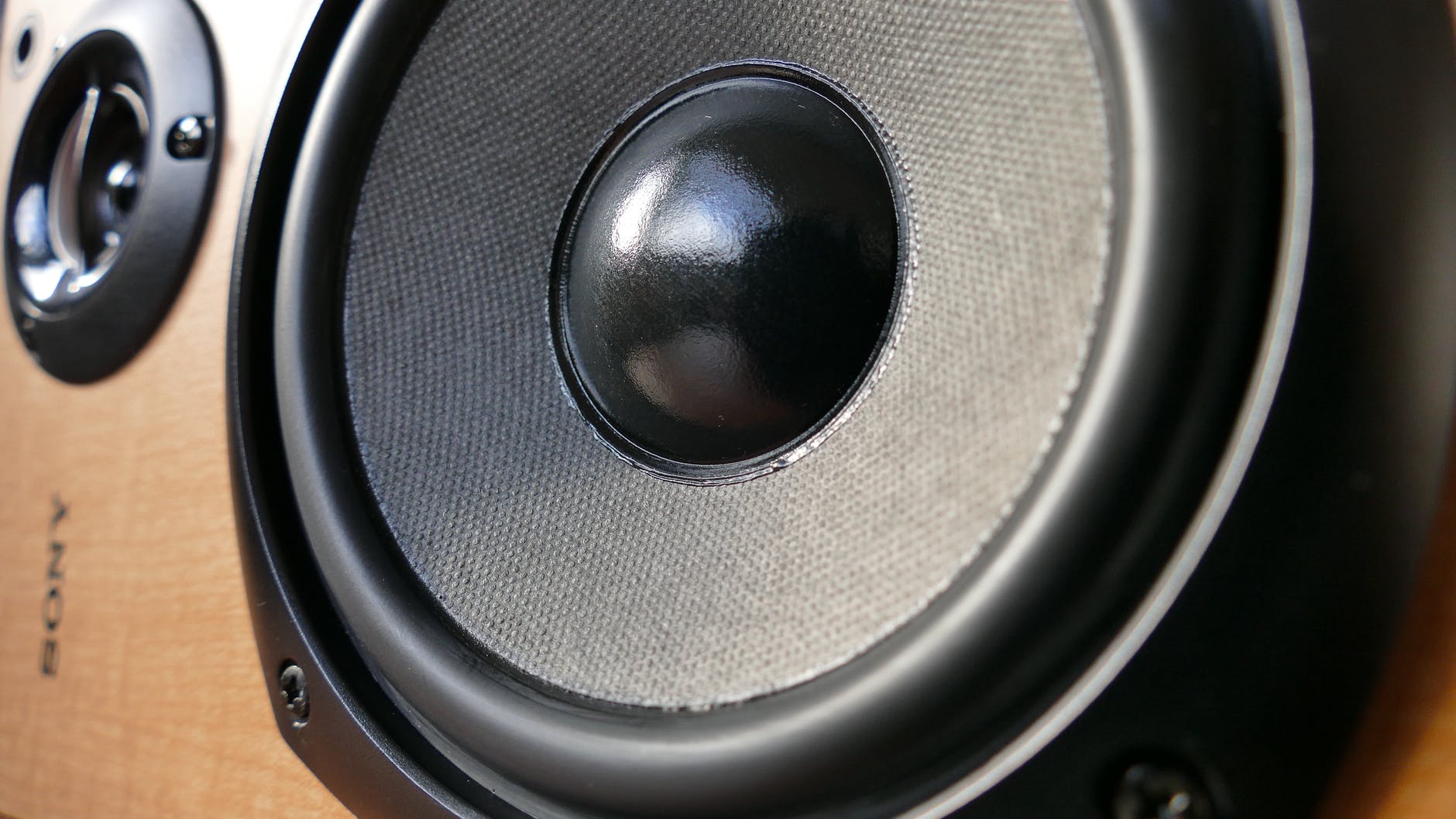
Modes can add interest and really shape a musical piece so knowing the modes and what each is noted for is a good thing. I come back to this post quite often when I am composing so I can choose a mode.
Continue reading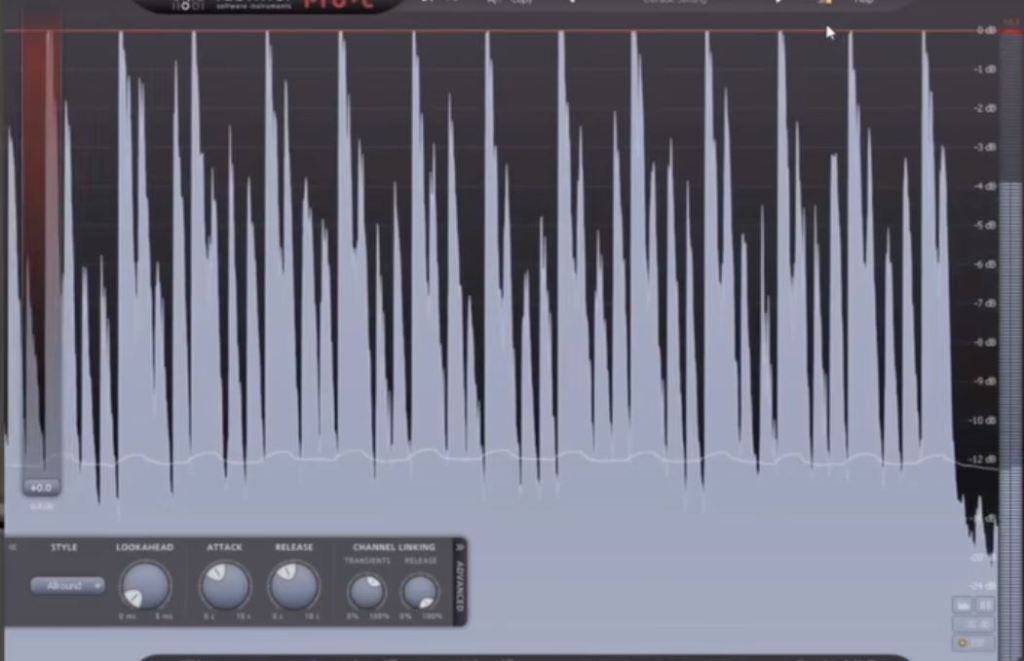
There are a lot of ways to measure the levels of sound in your music production. Meter scales vary widely, and there are many misconceptions about what are the correct levels. Here below is what I have found currently works best for me.
Last updated: 09-January-2021.
There’s another, more current post about this: Levels in Mastering for the Various Streaming Platforms (and what happened to the K-system of metering)
Continue reading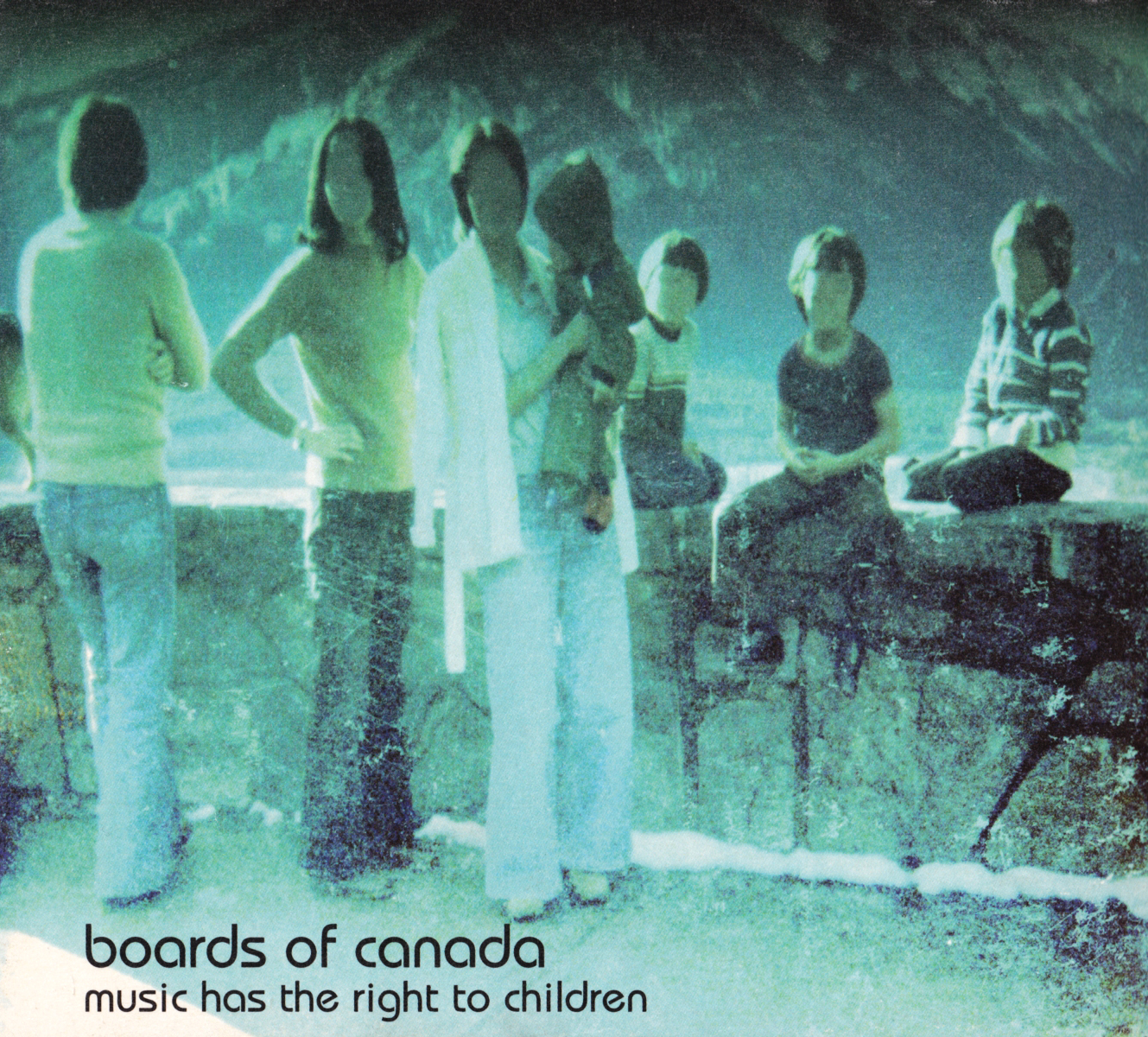
The blurred faces on the album cover of Boards of Canada’s “Music Has the Rights to Children” evokes an old, nostalgic, feel.
While the album cover may have been intentionally blurred (it is not known for sure), the same blurred face effect can be seen in old television commercials on VHS tape.
Continue reading
Here’s one of a number of brief guides and details about the microphones available in Pianoteq.
Last updated: 16-November-2018
Continue reading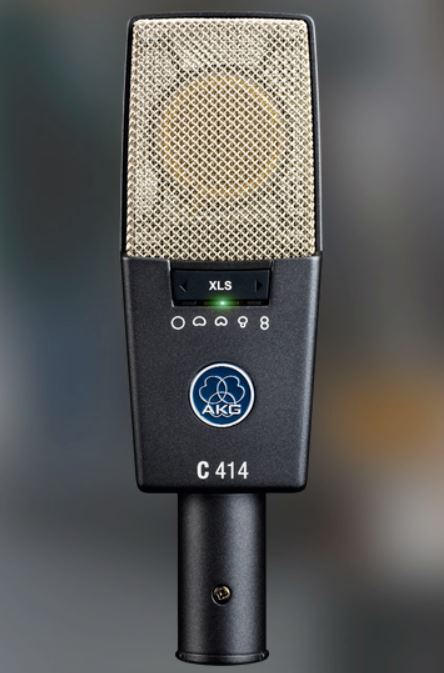
Here’s one of a number of brief guides and details about the microphones available in Pianoteq.
Last updated: 15-November-2018
Continue reading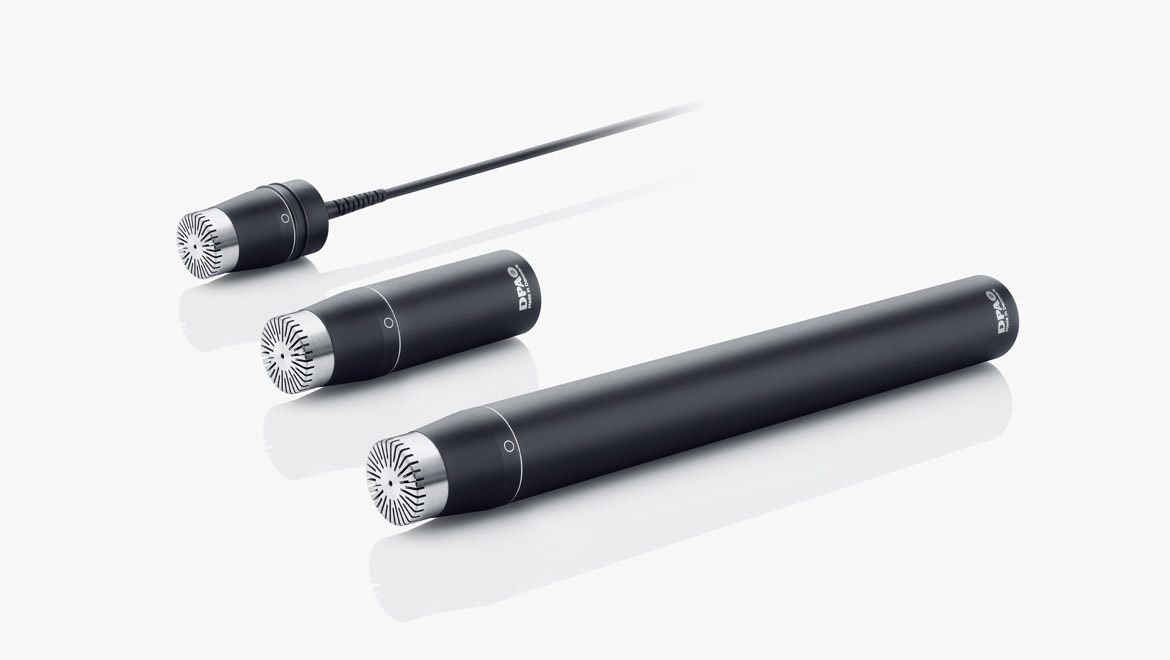
Here’s one of a number of brief guides and details about the microphones available in Pianoteq.
Last updated: 16-November-2018
Continue reading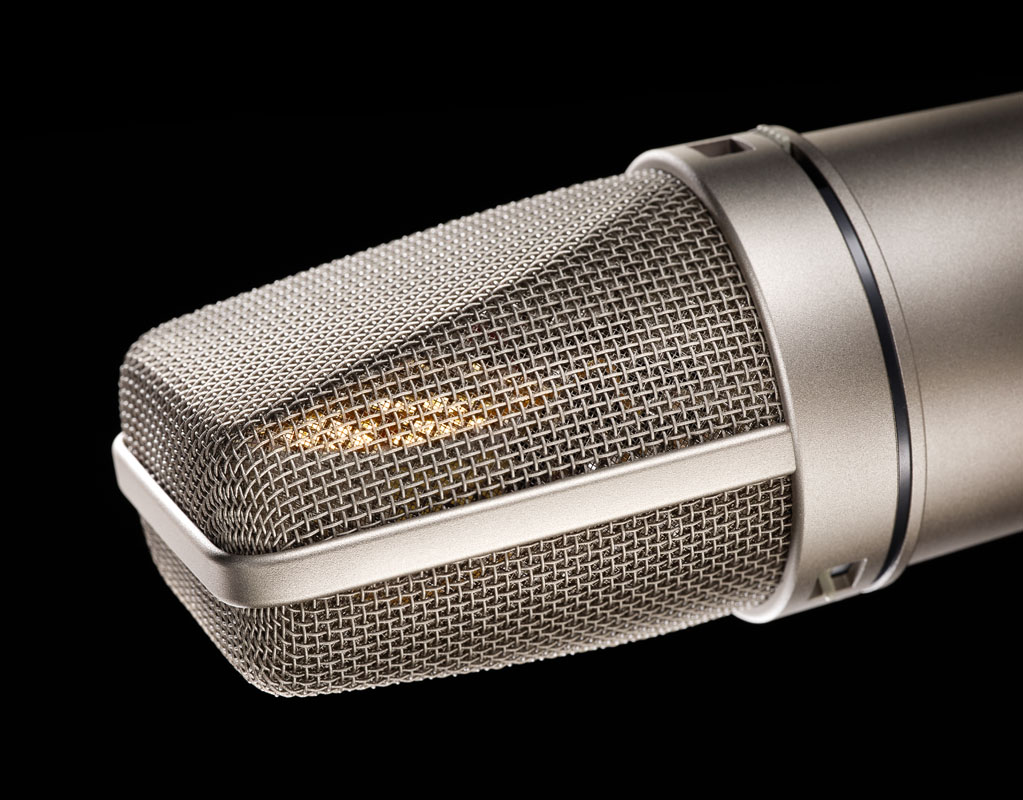
Here’s one of a number of brief guides and details about the microphones available in Pianoteq.
Last updated: 6-November-2018
Continue readingFracture Sounds makes an outstanding Kontakt instrument called Woodchester Piano for NI Kontakt.
Listen to it here:
These below are presets, or as Kontakt calls them, “snapshots” that are various settings of the Kontakt instrument. These are NKSN (.nksn) files that need to be placed in your Kontakt snapshots folder for the Woodchester piano.
You must own the full version of Native Instruments Kontakt and also must own the Fracture Sounds Woodchester Piano Kontakt library/instrument in order to use these Kontakt Snapshots.
I have used many piano vst plugin instruments and have a page dedicated to that: Getting Authentic Piano Sound in a VST Plugin and DAW

I’ve come to have a new respect for those musicians who say to “keep it simple” when it comes to compositions, melodies, and instruments in songs. Here’s why. Continue reading
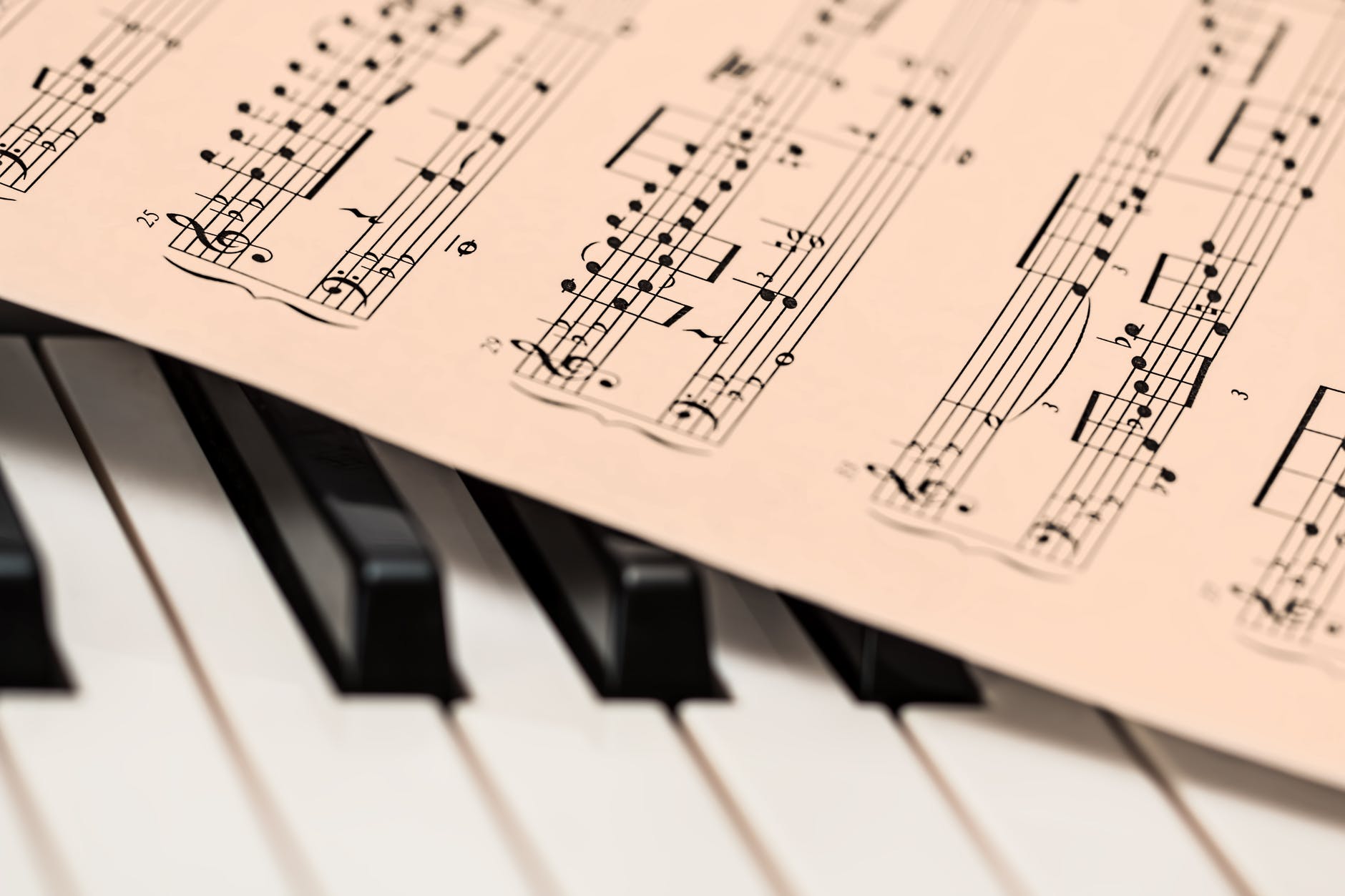
Thomas Newman has made some of the most lush-sounding and poignant soundtracks in history (in my opinion). His Shawshank Redemption soundtrack is excellent with its soft piano sounds.
I will update this with more as I learn more, so check back often.
Last updated: 27-June-2018
Continue readingAbsentia DX can be a valuable asset in the cleaning and processing of field recordings. I use it with Izotope RX software to enhance the results.
Last updated: 30-July-2021

Composing Electronic Music is a book that has proven invaluable in my equalization settings in my electronic music creations. I would highly recommend it!
Xfer Records Dimension Expander is a free vst plugin effect that makes any synth or instrument sound much “wider.” This means more presence and stereo effect.
I wanted to create this in FL Studio using the stock plugins, so first I had to understand what the Dimension Expander plugin was doing. It seems to be modeled on an old trick where the incoming signal is split and the split-half is phase inverted and then fed back into the main signal that is not. Then there is some delay added. This is what powered the Roland Dimension D, a piece of hardware from the 80’s.
Fortunately, you can get something that sounds quite similar, and maybe even better, from FL Studio. I used the Fruity Stereo Shaper plugin. Continue reading
 Want to capture the sounds of nature and then make a great-sounding soundscape recording?
Want to capture the sounds of nature and then make a great-sounding soundscape recording?
Here is how I do it using Audacity software:
Last updated: 02-April-2018